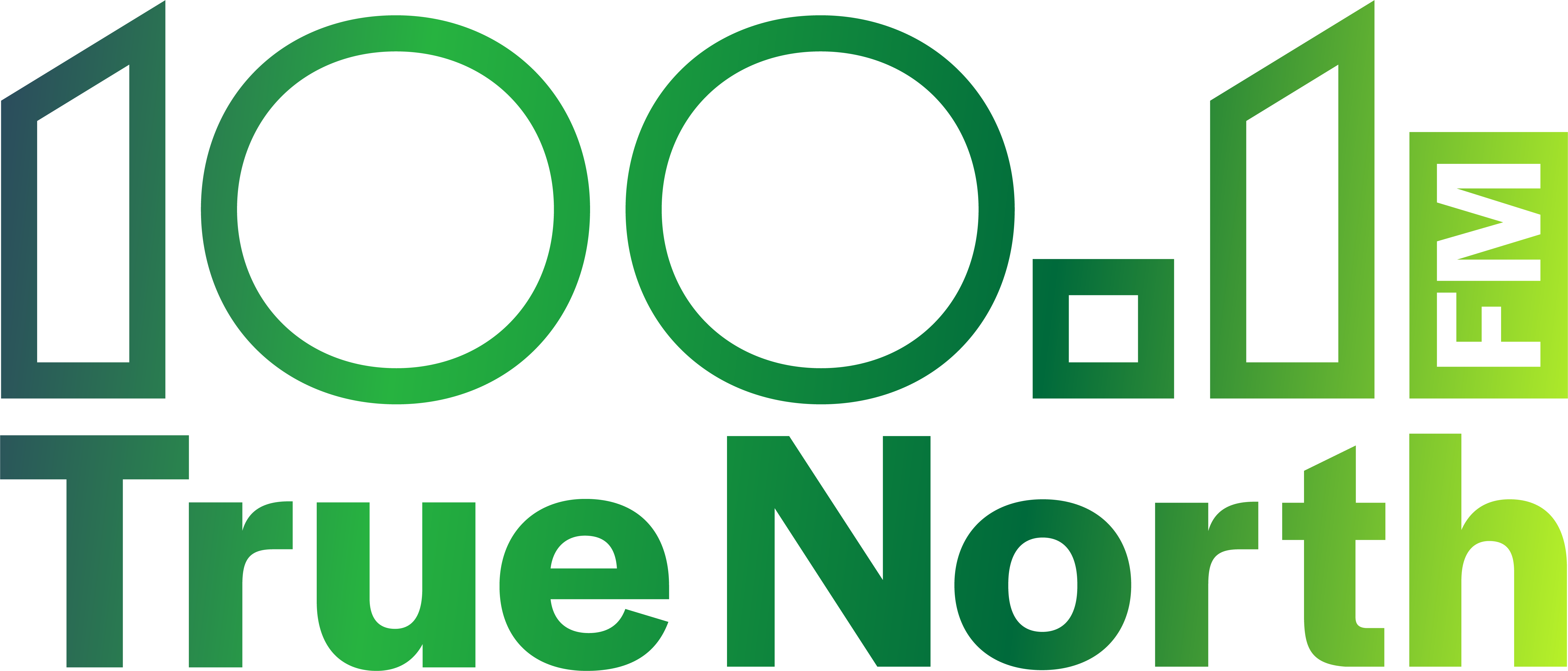People staying in encampments across the city of Yellowknife are currently working with advocates and the government to secure transitional housing or at least a designated encampment spot for now. A growing encampment of people facing homelessness is taking shelter in a lot behind 49th and 50th Street.
Craig Strachan is one of the organizers of the encampment and said that after moving to the city of Yellowknife a number of years ago, he has struggled with housing and homelessness himself and was able to overcome those challenges
“Not in a million years did I ever see myself being here,” said Strachan, who is a military veteran and is originally from Nova Scotia.
“It’s not an easy thing. I mean, I was completely blind to this before I ever moved to Yellowknife,” he explained.
Strachan said he now has stable housing, but still remembers the people who became like family and he remembers what it’s like to face homelessness. Now he is trying to help the people who are facing the same struggles, people who have become family.
“I mean here we’re not just a group of people, we’re family here. That’s the biggest thing we are family,” emphasized Strachan.
Those staying in the encampment have been the target of complaints by some neighbourhood residents.
“It’s not an easy situation. A lot of people, they frown upon us, they don’t know what it’s like – they have no idea what it’s like being on the other side of the fence,” added Strachan.
Strachan explained that the people in the encampment hope they can find a location soon where they can live without having to worry about picking up and moving again, at least for a little while.
GNWT and the city are currently working with people living at encampments across the city, including the larger one near 49th and 50th Street to help find at least a temporary solution.
Strachan said that people staying at the encampment have been approached by the city and GNWT are hoping to be offered some potential options for where they can stay at least temporarily.
Peter Adourian is a lawyer working with a number of people who are living in encampments and currently experiencing homelessness. Adourian told True North FM that together they are working with the territorial government and the city and hope to find a parcel of land where the folks can set up their tents and have basic services provided, like porta-potties and garbage bins.

In this way, those who are not staying in shelters can still live in a “reasonably safe place,” said Adourian.
Adourian said negotiations are ongoing with the GNWT and the city and he hopes there will be an update sometime in the first week of June.
He pointed out that homelessness is a problem in every city in North America.
“No place has solved it, but we do have a government here that genuinely cares about homelessness,” he explained. Adourian said that GNWT and the city are taking into account the specific problems that affect people experiencing homelessness, including Indigenous persons who are also disproportionately impacted by homelessness and facing intergenerational trauma.
“I would just ask for people’s patience as we try and sort out some of these issues over the next few weeks,” added Adourian.
He explained there are lots of reasons why people become homeless, everything from addiction to domestic violence to health barriers like having to fly into town for medical reasons from a remote community and then missing the flight back. There’s a wide variety of reasons why people find themselves on the street.
“Some of those people will access emergency shelters like the one at the Salvation Army or at the YWCA here in Yellowknife and others, for one reason or another, cannot use those shelters. It may be because they’re banned either temporarily or permanently. It may be because there are other people making use of those shelters, who they’re incompatible with,” Adourian explained that sometimes court orders are involved.
Some people choose not to live in a shelter for other reasons, including not wanting to separate from a partner or another family member, or just wanting to live independently on their own terms.
“There’s a wide variety of reasons why people end up on the street and, of course, a wide variety of reasons why people would choose to live in a tent encampment,” said Adourian.
Strachan affirmed that people end up on the street for any number of reasons, from natural disasters to health-related reasons, including addiction.
“It can happen overnight. I mean, it could happen with fire, with flooding. It could happen with any disaster.
“Certainly, the government is well aware of those types of issues and wants to be sensitive to those folks and try and provide services that can meet them where they’re at rather than try a one-size-fits-all approach,” said Adourian.
Assistant Deputy Minister Rob Tordiff told True North FM that the city and GNWT are focused on delivering wraparound supports, increasing transitional housing options and working with community partners to build long-term, person-centred solutions. Tordiff says that many factors are at play, including addictions and trauma, including lived experiences within residential schools, among reasons why many avoid the shelter system.
Tordiff said that the government is working on ways to assist people who are struggling with homelessness and who are not using the shelter system for different reasons. Tordiff said he was not able to share specifics about what the GNWT is doing at this time, but added that info would be forthcoming in the future.
On Friday, the city issued an announcement that they have been working collaboratively with GNWT since August of last year to find a sustainable solution to help those experiencing unsheltered homelessness.
The city said that they recognize that businesses and residents have concerns.
“The City remains committed to partnering with all orders of government to provide a safe, vibrant city that is inclusive for all residents” said Mayor Ben Hendriksen in Friday’s announcement.
In their announcement, the city explained that they have expanded their Street Outreach program to include both youth and adults. The Street Outreach program called Line Drive is operated by Home Base YK.
The next step is to find a short-term solution “as a bridge to the median and long-term solutions” that the government already has in the works, said Adourian.
“It’s hard to walk around downtown Yellowknife and not notice. The extreme homelessness and poverty of many people who are just hanging out in the streets,” Adourian pointed out.
He emphasized that it’s very challenging to ignore the many folks who are struggling with homelessness and addiction in the city. Having a designated area for folks who are living in encampments will help address concerns and needs for everyone involved.
“I think it’s going to give the people who are homeless and relying on encampments some peace of mind that they’re not bothering other people if they’re in a designated site. And I think it would give the rest of us who live in Yellowknife a bit of peace of mind that our backyard is not going to turn into a homeless encampment, given that people have a designated place to go. That I think has led me, the GNWT, and the city all working towards is something that works for everyone. It won’t be a perfect solution, but it’ll be a stopgap measure until more housing is built in the city.”






